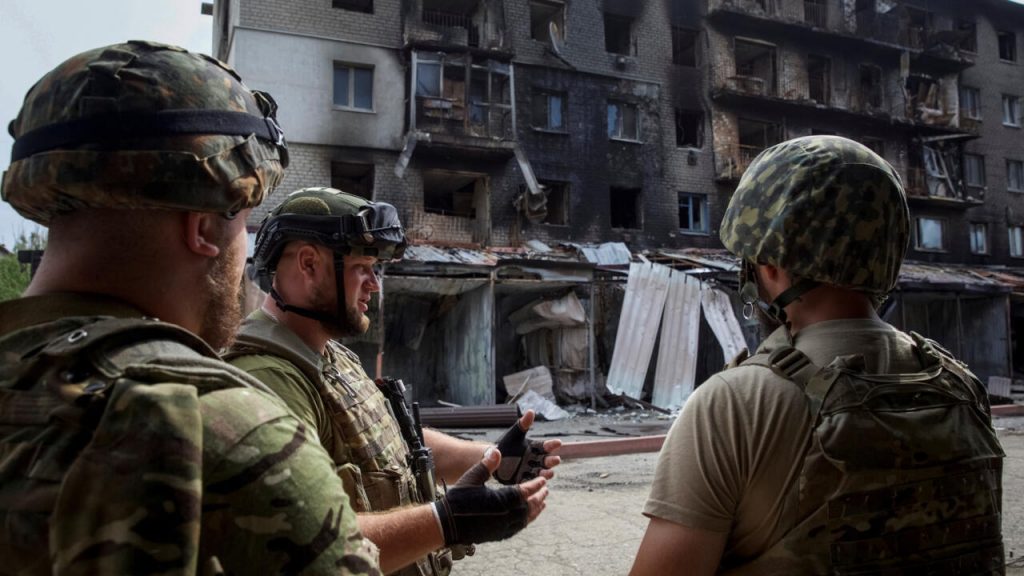In her latest analysis with the Center for European Policy Analysis (CEPA), expert Kateryna Odarchenko unveils how Russia methodically fortified Crimea and Donetsk prior to its full-scale invasion—shaping the region into a strategic springboard for aggression.
Deep-Fortified “Rear Areas”
- Crimea as a logistics powerhouse: Russia transformed key Crimean cities like Sevastopol, Simferopol, and Dzhankoi into massive military logistics hubs—equipped with extensive rail lines, roads, and supply depots—for sustaining operations in southern Ukraine.
- Military and civilian facilities repurposed: Hospitals in Sevastopol and Feodosia were converted into treatment centers for Russian wounded before the 2022 invasion.
🚨 Strategic Defenses and Civilian Control
- Crimea’s dense air defense grid: Russia bolstered Crimea’s defenses by deploying advanced systems including S‑500s, rail transport redundancy, and maritime barriers around the Kerch Bridge—countermeasures driven by Ukrainian drone attacks.
- Fortifying against sabotage: Trenches, fortifications, and anti-tank obstacles were installed along beaches and western shores of Crimea—anticipating amphibious landings.
Donetsk & Hybrid Warfare Tactics
While Odarchenko focuses on broader hybrid tactics—including media, religious institutions, and diplomacy—the article spotlighted how Russia embedded ideological and cultural war instruments long before open conflict.
The Broader Implications
- Crimea as gatekeeper of the front: With Russia using the peninsula as a staging ground, Odarchenko warns that Ukraine’s efforts to disrupt Crimean logistics and air defense are central to weakening Russia’s hold.
- Reclaiming hybrid battlegrounds: Odarchenko stresses that Russia’s blend of soft- and hard-power tactics since 2014 laid the groundwork for open invasion, undermining Ukraine’s unity and international support.
Full article for CEPA: https://cepa.org/article/how-russia-prepared-crimea-and-donetsk-for-attack/
